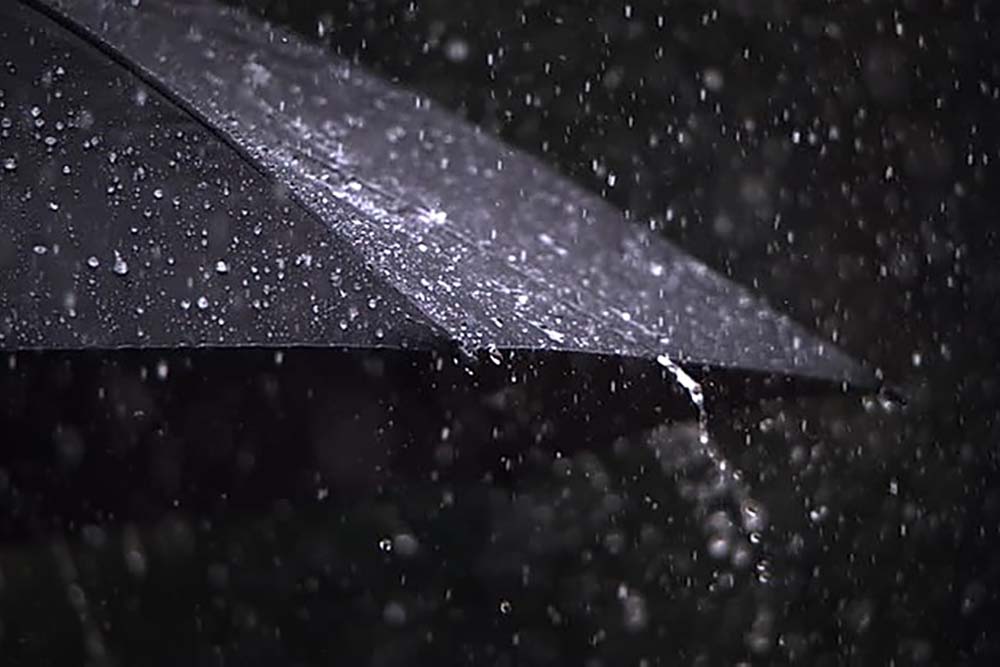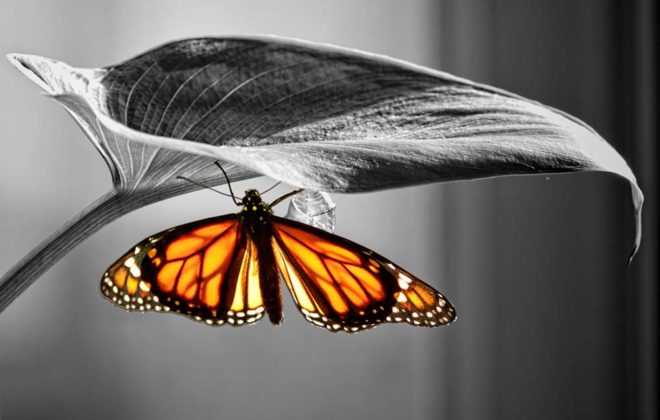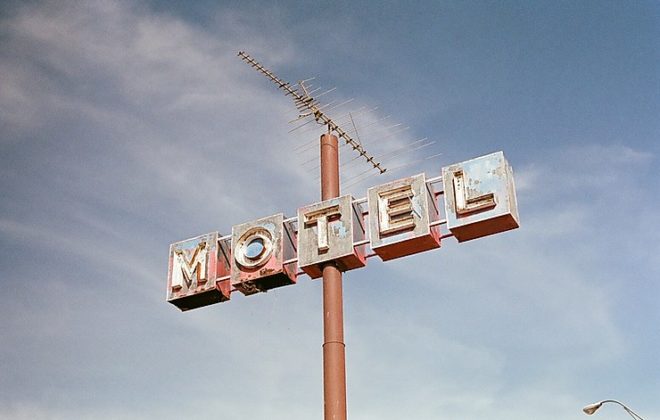Death by Umbrella
L.A. beat cop Edward Cruz had only thirty minutes left in shift when he saw the body.
It was lying on the side of the brick building in the garment district. His flashlight showed a young male, mid-twenties. He was sprawled on his back, faced upwards to the rain, his tee-shirt and jeans soaked with water and what looked to be blood. No pulse.
He sighed. Another rainstorm, another body. His second that night, and from the look of the neat black hole in the middle of the man’s belly, it looked to be another assault like the others this winter.
Los Angeles had nearly nineteen inches of rain during the 2018-2019 rainy season, up from less than five inches the year before. True, Ed thought, all that rain ended the seven-year drought which meant that he could water his lawn twice a day if he wanted. But he also knew the dark side: All that water falling from the sky had twisted the collective psyche of Angelenos.
When the rains first began in October, the L.A. natives went about their usual business, simply ignoring the precipitation. They knew the rain wouldn’t last and they didn’t have the rain gear to do anything about it anyway. So they walked the streets, through the parking lots, and along the jogging paths, looking up in puzzlement at the falling drops, getting wetter and colder as the days passed.
Smart shop keepers leveraged this unusual opportunity in L.A. Bins of umbrellas of every length and color began appearing under the dripping canopies of drug and grocery stores along with pallets of folded clear plastic rain jackets in all sizes. Prominent signs were often placed to help the confused shoppers: You too can be dry today! $12.99 for combo umbrella plus disposable rain poncho! Buy for the entire family!
When the rains first started, Ed noticed an uptick in traffic accidents. Being from Washington State, he thought it was a joke that native Angelenos didn’t know how to drive in the rain. What could be so difficult? But he quickly saw that city dwellers were so unused to any natural phenomenon impacting their personal car or their drive that it rattled and upset them, and fender-benders increased significantly across the city. With every accident report that Ed made over the past few months, he heard the same regretful refrain by the driver at fault. “It’s the rain, you know…”
But two months into the rainy period, a new and insidious criminal pattern had emerged. His captain had declared a city-wide emergency in March during an all-hands meeting. Never before, he said, had Angelenos been restricted from sunlight for such a prolonged period at the exact same time a handy weapon had been placed into their hands. It was death by umbrella.
Ed had seen it all over the past few months. Death by umbrella stabbing, death by umbrella beating, even death by umbrella decapitation. He even took a report from a Los Angeles zoo docent who had been stabbed in the leg by a plastic pink umbrella when her tour had run just a little late.
Climatologists conferred with crime specialists and psychologists. Lucy Jones, a Caltech seismologist, was even interviewed during the rains by local media, not because she knew anything about weather and violence but because it was believed that Los Angeles residents might be calmed by her familiar face, seen on TV with every earthquake since 1983.
The rains finally stopped and the sun came out for good in June. The mood lifted across the city. Traffic accidents decreased to normal rates and there was not a single report of death by umbrella all summer. Although Ed secretly missed the wet weather, he kept that to himself.
He clearly now knew what Angelenos were really capable of when pushed to very limit.
After all, anyone could be carrying a pocket umbrella.





